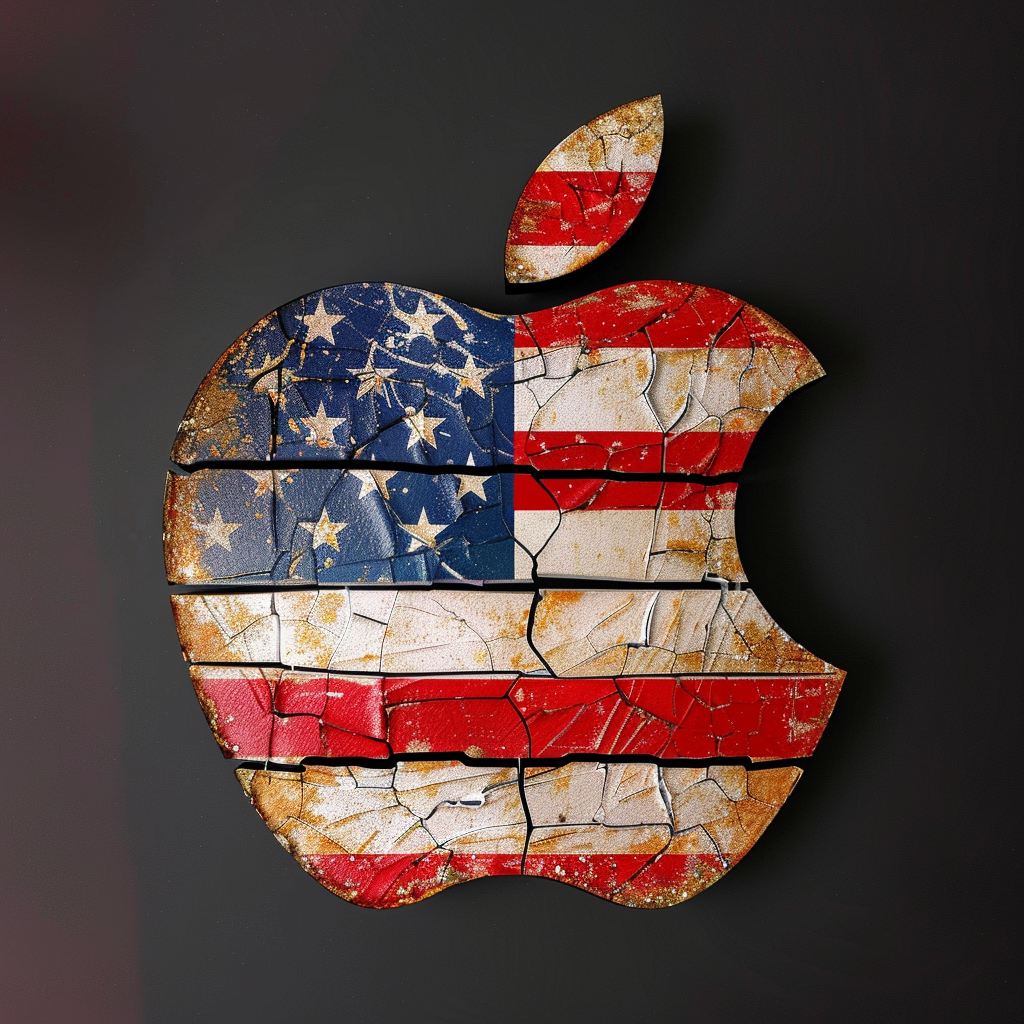September 4, 2015
Dubrovnik, Croatia
In an article that first appeared in Fortune magazine on December 10, 2001, Warren Buffett penned a great letter about falling prices:
“When hamburgers go down in price, we sing the ‘Hallelujah Chorus’ in the Buffett household. When hamburgers go up in price, we weep. For most people, it’s the same with everything in life they will be buying– except stocks. When stocks go down and you can get more for your money, people don’t like them anymore.”
He’s right. Any rational human being actually LIKES falling prices.
We enjoy getting a great deal, and we like it when our money goes further.
To Buffett’s point, investors are a major exception and prefer investing when prices go up, i.e. their money buys less of a high quality asset.
But there’s one more giant exception that Buffett didn’t mention: economists.
Economists quiver in fear at the prospect of falling prices.
They call it ‘deflation’, and it’s a force so dreaded that central bankers have threatened to drop bricks of cash from helicopters in order to prevent it.
Instead, economists prefer INFLATION, i.e. that the things you buy become more expensive.
We can look at official statistics to get a sense of inflation, but these numbers are totally meaningless.
When I was a kid, my father earned enough money to support his family with a single salary.
We had a house, a car, an occasional vacation, and we never missed a meal. All on one income.
But those days are long gone. Now it’s almost obligatory to live in a dual-income household just to make ends meet.
The official statistics never paint this picture.
They focus on some palatable number, telling us the inflation rate is 2%, and then adjust their computational methods to derive that figure.
In fact, the US federal government has changed the way it calculates inflation at least twenty times since the mid 1980s.
And it’s obvious that they have a huge incentive to do so.
The #1 expense of the federal government today is the mandatory entitlement programs that are paid out to seniors in the US– primarily Social Security.
It’s nearing $1 trillion annually and eats up a third of all tax revenue.
The government is required by law to increase the amount of money paid to Social Security recipients each year through what’s called a COLA, or cost of living adjustment.
Essentially they’re adjusting your monthly Social Security payment to keep up with inflation. Or at least, the inflation that they’re willing to admit.
This is where they have a huge incentive to fudge the numbers.
If the real rate of inflation is 5%, but they only give a 2% COLA, the government saves 3%. That’s almost $30 billion.
(Ironically this is 3x the size of the annual budget for the Department of Labor, which is responsible for calculating the inflation statistics.)
But by doing this the government is effectively stealing from seniors.
There’s actually been a new law proposed in Congress to prevent this from happening anymore.
It’s known as HR 3074, and it was written “for the purpose of establishing an accurate Social Security COLA. . .”
So even the government admits that their inflation numbers are a bunch of baloney.
But sadly, according to the legislative watchdog GovTrack.us, this bill has a 0% chance of being passed. So I wouldn’t expect a solution anytime soon.
In fact, this problem will likely get worse given how transfixed economists are on the deflation threat.
Their concern is that the Chinese economic slowdown and currency devaluation will cause a wave of falling prices around the world.
But there’s a very curious effect at work here that most people forget:
It’s entirely possible (and now very likely) to have BOTH inflation AND deflation. At the same time.
Assets and investments can fall, while at the same time the prices of retail goods and services rise.
In other words, the value of your investment portfolio goes down, but your grocery bill goes up.
It’s also important to point out that not all prices rise and fall equally.
Gas prices may be down from a year ago in the US. But as the recently-released Hotels.com Hotel Price Index shows, hotel prices are up sharply.
Salt Lake City: 8%. Raleigh: 5%. Portland: 9%. Washington DC: 5%. Los Angeles: 8%.
I’ve seen the effects of this dual inflation/deflation phenomenon as I’ve traveled around the world in places like Argentina, Greece, and Indonesia.
It is a very real threat. And it may now be coming to US shores.
But everyone is focused exclusively on the deflation side.
You’ll get laughed at in financial circles if you mention the word ‘inflation’ anymore. It’s being completely ignored… even denied.
They’re pretending like half the problem doesn’t even exist, which is seriously foolish.
Inflation is a long-term disease. Quarter by quarter the numbers may change. But over the long run it’s like a cancer, slowly eating away at your lifestyle.
It’s not a question of either/or. It’s not a debate over inflation VS. deflation. It’s only a matter of WHEN we’ll end up with BOTH. And how well you’re prepared for it.








